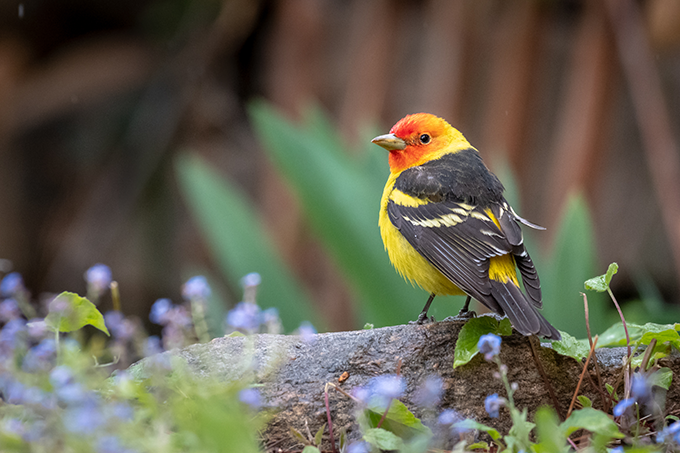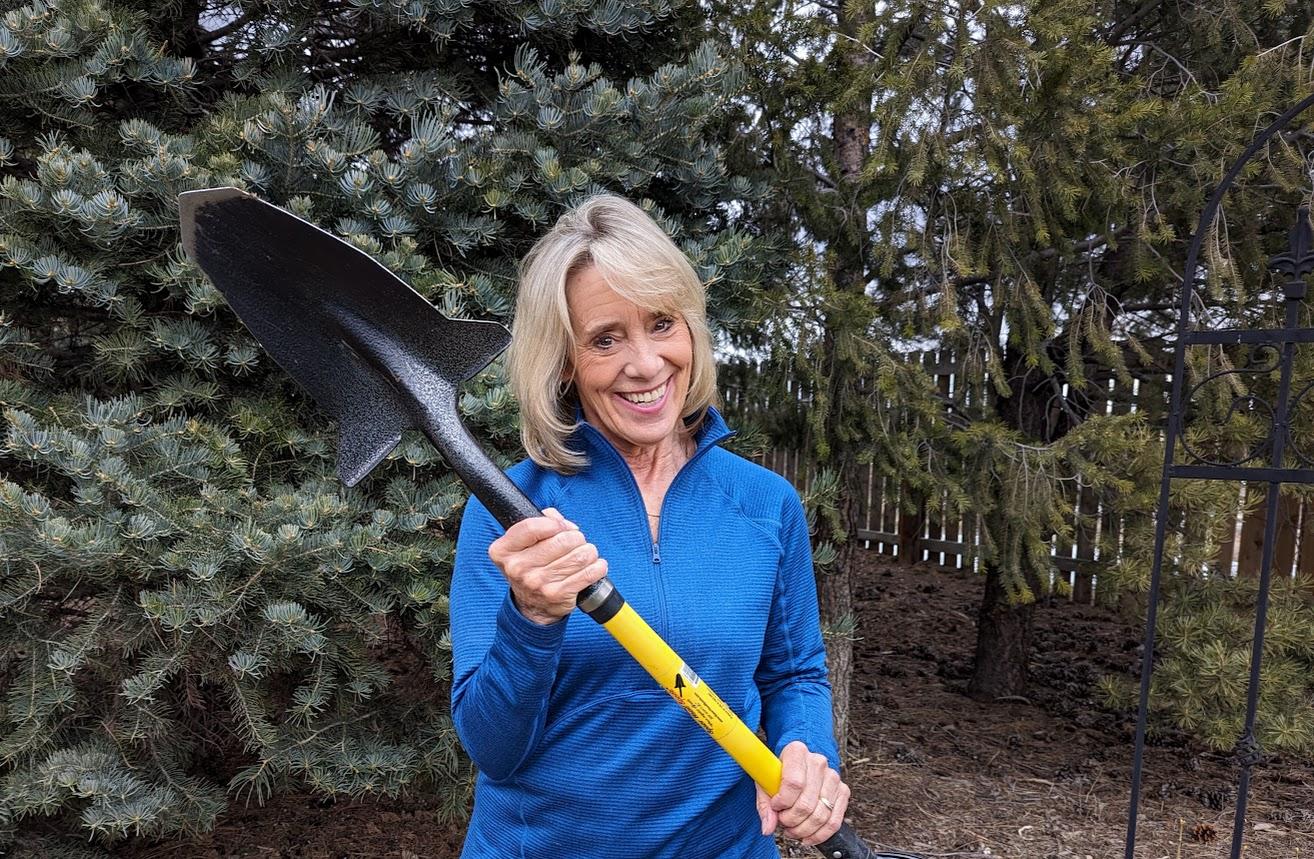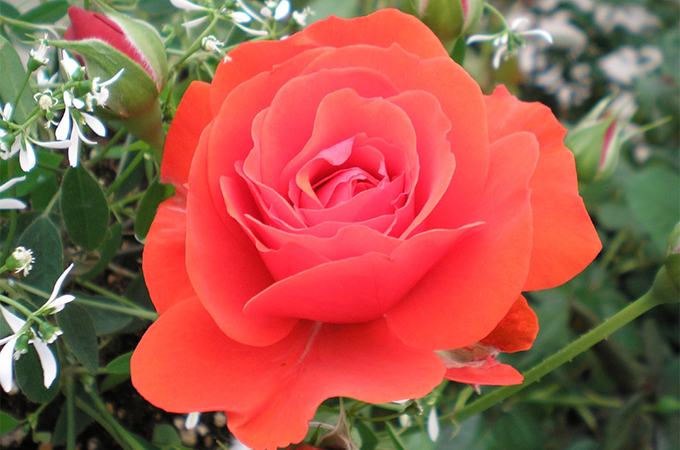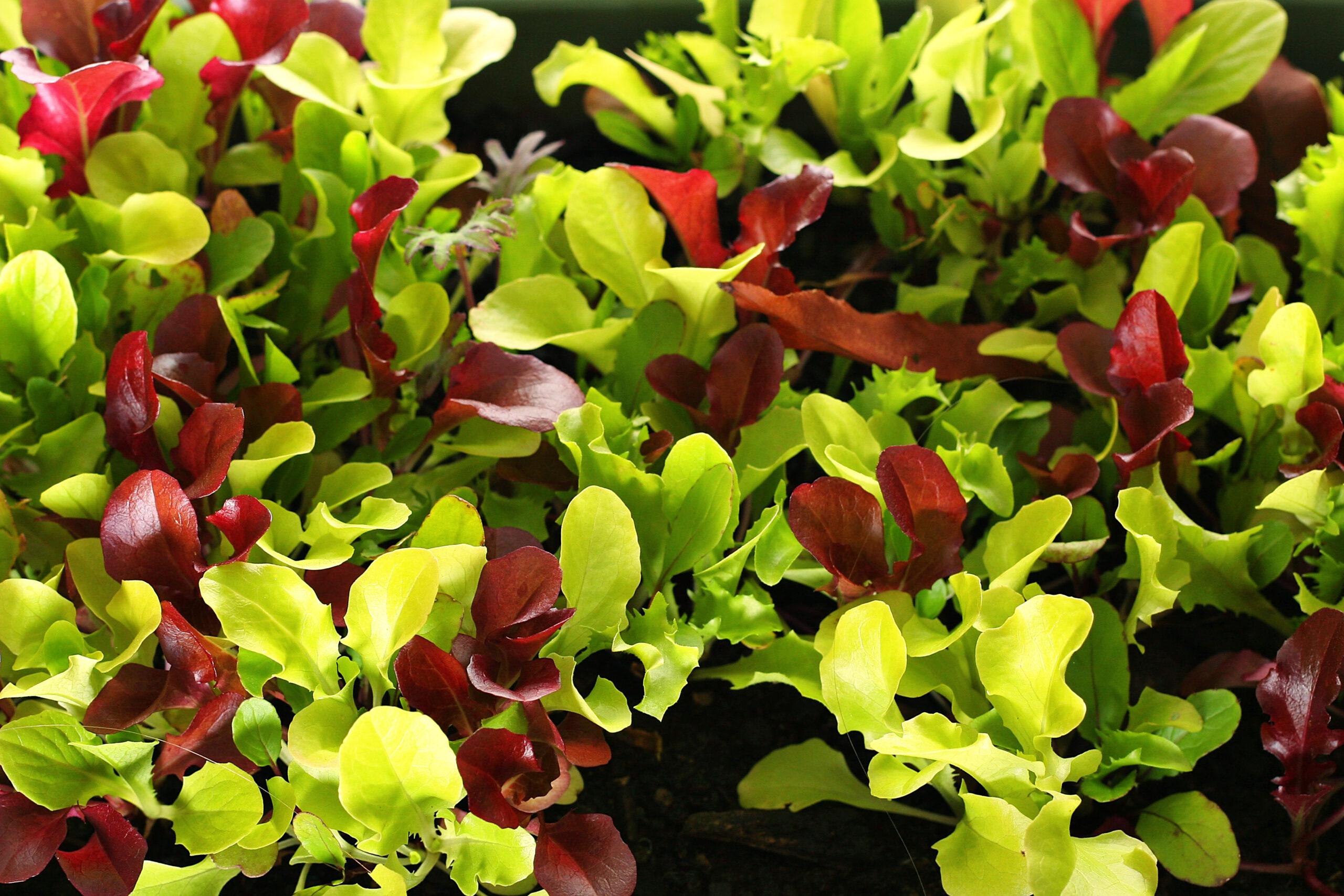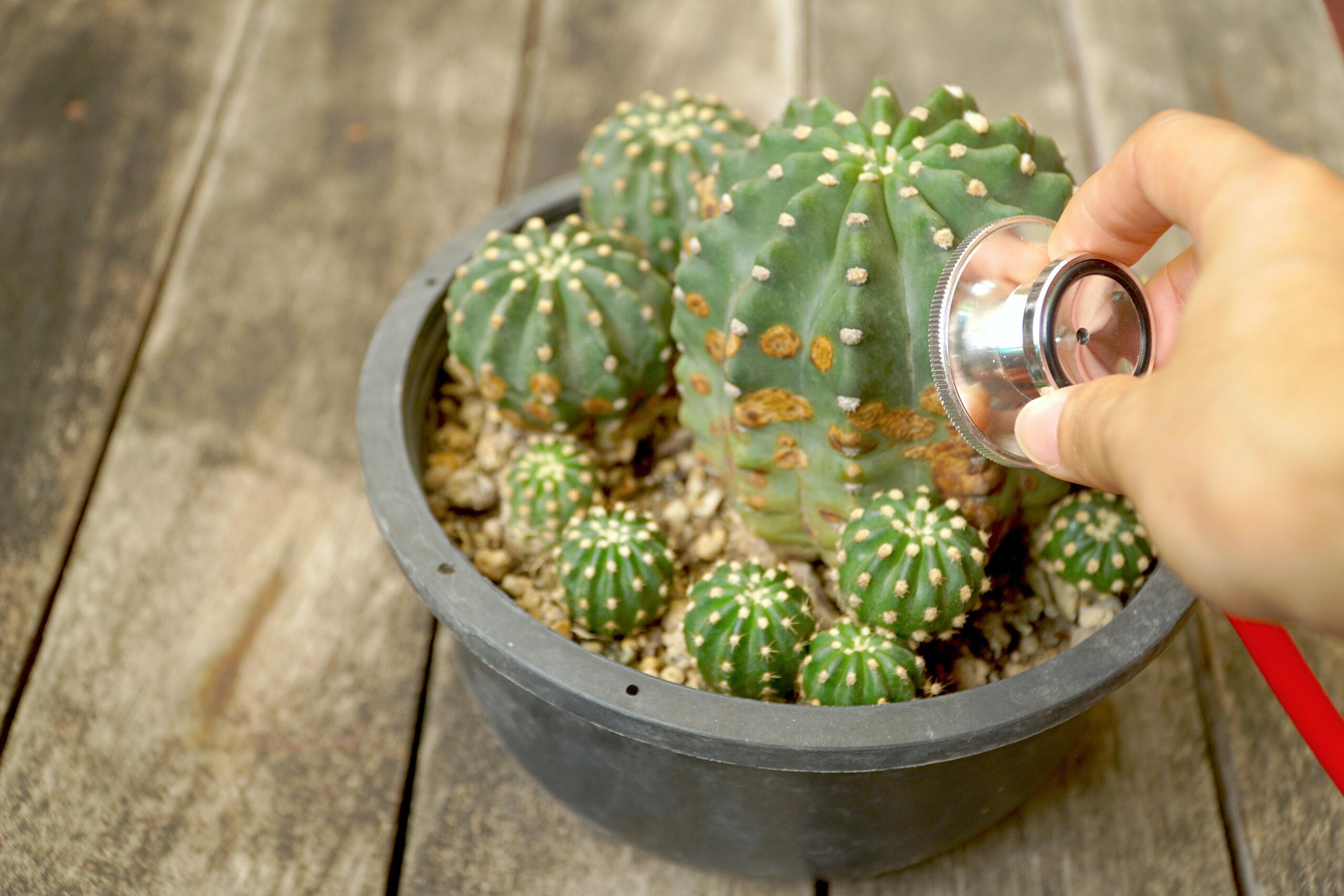Colorado has more diversity of wild birds than any other landlocked state. That’s big! And it means this is a terrific place to garden specifically with the birds in mind.
Drawing wild birds to our yards includes offering them food, shelter and water. In this blog, let’s look at how we as gardeners can help keep our backyard birds well fed.
Roxann of Tagawa’s Perennials Department recently presented a great program about planting for the birds. In case you missed it, I’d like to pass along just a few of the perennials that are among her favorites for bringing the birds into her own yard.
Bachelor Buttons/Centaura

Bachelor Buttons, a.k.a. Centaura, are a wonderful old-fashioned flower that doesn’t get enough attention these days. They’re excellent sources of nectar for pollinators during the growing season. If the plants are left standing at the end of summer, their seeds are much loved by various types of finches among other birds.
Bachelor Buttons come in blue, purple and white and look stunning planted in large groups. This lacy, exotic-looking but tough plant will grow to 24″ tall and wide at maturity. They begin flowering from spring until fall. Bachelor Buttons want full sun and average to dry soil.
Phlox

Phlox should be part of every bird-oriented garden. Its star-shaped petals make a great landing pad for butterflies and the tube-shaped flowers will draw the hummingbirds. But come winter, there are many birds that will come just to feast on the seeds.
Perennial phlox comes in a head-spinning variety of sizes and colors. The taller varieties average roughly 24″ tall and wide. They prefer full sun to part shade and slightly moist to average watering. Roxann is quick to point out that it’s the rich fragrance of phlox that makes it one of her favorites. ‘Bet the bees feel the say way!
Bee Balm/Monarda

It’s not rocket science to figure out how Bee Balm gets its name. The bees adore this plant! So do hummingbirds. And if the flowers are left standing, tiny “nutlets” will form that will draw in backyard birds during the winter.
Bee Balm produces blossoms in shades of red and pink and flowers from summer into fall. It prefers full sun to partial shade and tolerates both moist and dry locations. Different varieties can be two- to four-feet wide and tall.
Black-eyed Susan/Rudbeckia

Black-eyed Susans are a staple in many Colorado gardens, and rightly so! The bright bold flowers bloom mid-summer to early fall and are a lovely way to welcome in the colors of autumn. The bees and butterflies will be regular visitors.
These tough prairie plants usually have no problem standing straight and tall through winter snow. That’s when their rough-textured seed heads attract goldfinches, sparrows, nuthatches and chickadees.
Black-eyed Susans can grow to be 18″ to four feet tall and 8″ to two feet wide. Take note: if rabbits are a constant problem in your garden, these may not be the flowers for you. Rabbits find them quite tasty.
Asters

The blues, pinks and purples of Asters make a beautiful display from late summer into fall. The lovely flowers draw plenty of bees and butterflies. After the weather turns cold, the seedheads left behind draw lots of attention from winter visitors like chickadees, goldfinches, nuthatches and towhees.
Asters come in a remarkable variety of sizes, ranging from 15″ to three feet tall and 18″ to three feet wide. They prefer full sun to part shade and average to moist conditions. They shouldn’t be allowed to dry out.
Come visit the Tagawa Gardens Perennials department. Bring some pictures of your garden and learn how you can make Colorado’s birds right at home in your yard.
